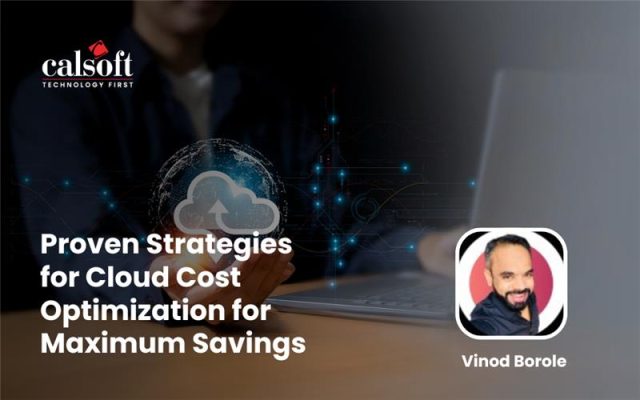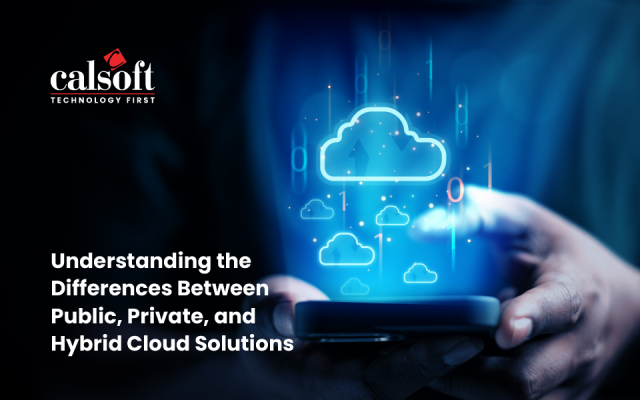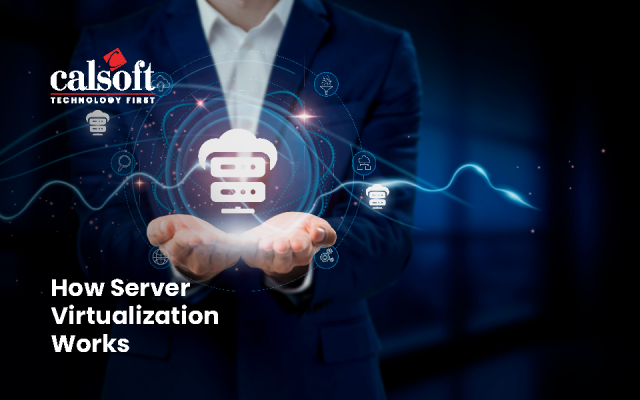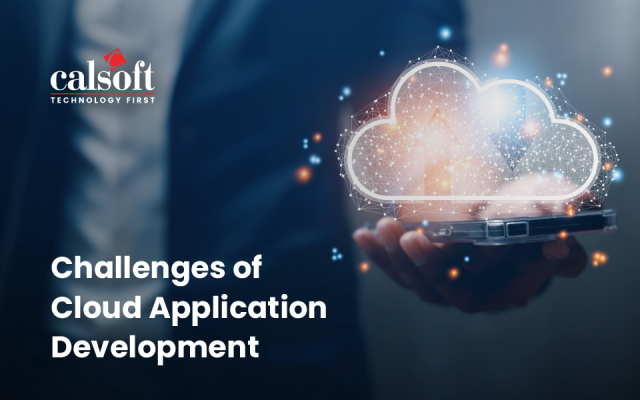In our seventh mini-blog, let us look at the trend that was very much on the forefront even before the pandemic struck. Yes, today’s topic is e-commerce.
Although the e-commerce industry has experienced a major hiccup due to a non-functional supply chain as a result of the COVID-19 lockdown, the sale of essential commodities has increased dramatically. In March, disposable gloves topped the growth list in the US, showing a 670% rise in e-commerce sales this year as compared to March 2019.
Bread machines came a close second at a 652% growth rate, driven by an increase in home baking as panic buying caused shortages of bread on the shelves of supermarkets. Sale of other essentials like medicines, food, and grocery items have also noticeably grown.
Despite taking a hit due to the pandemic, things look positive for online retail. According to Forbes, U.S. retailers’ online YoY revenue has grown by 68% as of mid-April, overtaking the earlier number of 49% reported in early January 2020.
The expectation is that the e-commerce industry will be strengthened as traditional retail opens slowly and in phases. There will be a greater adoption of technology to create a differentiated customer experience. AI-driven chatbots, intuitive search and browse options, intelligent offers, and trigger analytics could become more prevalent to drive up conversions.
Further Reading:
Take a look at this insightful blog on the potential for AI in Retail during the post-pandemic era.






